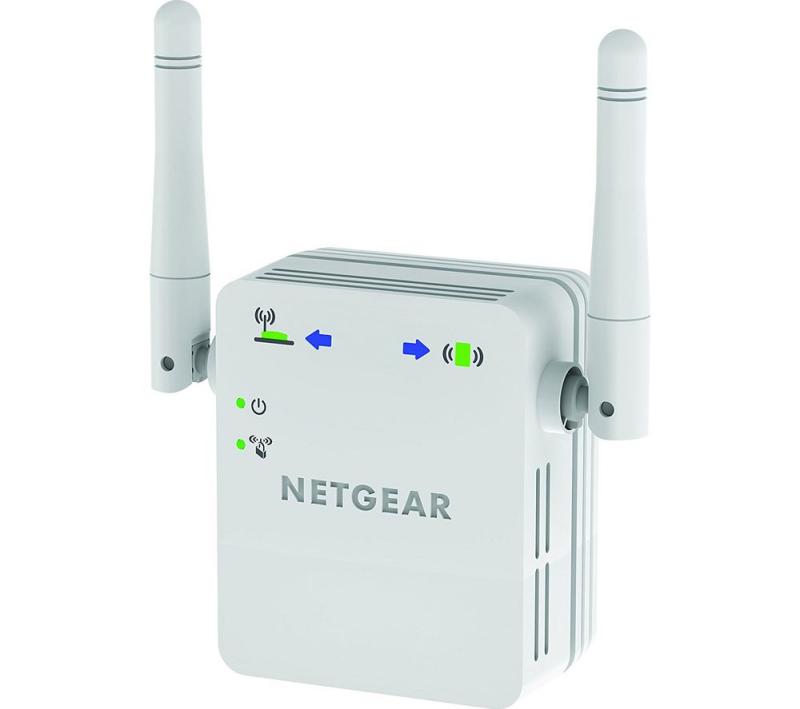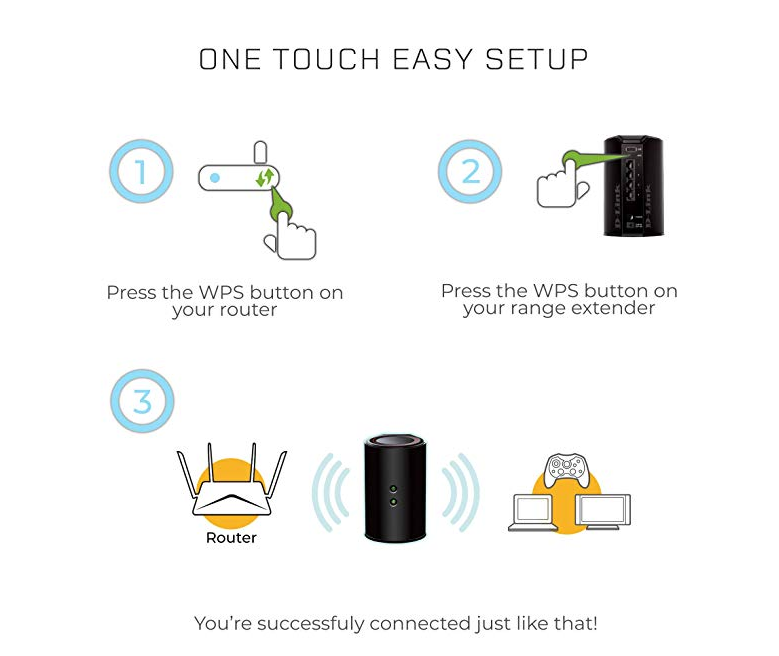If you are having WiFi dead zones a lot, then your best bet is either going for Mesh WiFi router systems we talked about or WiFi range extenders or repeaters. They both achieve the same objective of extending your WiFi coverage but achieve it in different ways. Mesh WiFi routers are slightly newer in the market and are now more prefered because of their ease of use and performance superiority, but the good-old WiFi range extenders are still comparatively powerful. Related post: Beginner’s guide to Home Mesh WiFi Router Systems The terms WiFi range extenders, repeaters and boosters are used interchangeably. In fact they mean the same thing. They work quite simply. WiFi range extender simply get WiFi signal from the main router, amplifies it and then rebroadcasts it to areas unreachable by your internet router. By doing so, devices such as your iPhone, iPod, Samsung galaxy phone or tablet are able to access internet or NAS drives or file servers or media streaming boxes on the network even though they might not have been in the range of your main router. In Summary WiFi range extenders/repeaters/boosters help to;
Connect and repeat any 802.11b/g/n Wi-Fi network.Provide wireless internet access to hard to reach locations.Eliminate wireless dead spots within your home or office.Instantly share and redistribute a Wi-Fi internet connection.Create a local Wi-Fi hotspot.
Related post: The updated guide to WiFi wireless network connectivity Initially WiFi range extenders had one bummer; they reduce your internet speeds by half. Whoah…what? Yeah that’s right, 50% of your original internet speeds from the main router is gone. And why is that? Remember single-band WiFi repeaters/extenders receive wireless signal from the main router and then rebroadcast it using the same radio on the same frequency channel. That right there is the problem. WiFi range extenders vendors have gone around this problem with dual-band extenders. So one frequency band say 2.4GHz band is used to receive the signal from the mother router and then it’s rebroadcasted via another band say 5GHz. These are called dual-band AC range extenders and they are prefered to their single-band counterparts.
Great WiFi range extenders to choose from
The D-Link WiFi 6 Range Extender AX1800 Mesh Repeater is a premium $105 extender boosting four streams and upto 574 Mbps on the 2.4Ghz and 1201 Mbps on the 5Ghz band. It supports D-link WiFI mesh which means you can connect to other D-Link WiFi 6 Mesh routers to create a single whole-home WiFi network. You can set it up with one-touch WPS button and an LED signal indicators shows the most optimal location to use. A Gigabit Ethernet port can be used for hardwire connections as a wireless bridge or in an access point mode for added expandability. Another option is the much cheaper $44.89 TP-Link AC1200 Dual Band (RE305) WiFi Range Extender/Repeater/Access Point. It also runs on two bands — 2.4GHz (up to 300Mbps) and 5GHz (up to 867Mbps) and comes with a fast Ethernet Port to which you can use to connect a wired device such as desktop or laptop computer or NAS drive. Related posts How to extend your MiFi’s WiFi signal using a strong WiFi router Understanding the WPS button on your Router/MiFi Before buying a WiFi range extender though, make sure that the reason for weak WiFi signal isn’t because of wrong location of your router. Try to move your router to different parts of your house/office and if you still have dead WiFi zones, then its time to consider investing in a WiFi range extender. If you own a MiFi, then chances are that you will have weak WiFi signal and therefore dead zones, so chances are that you will need a range extender. Make sure you buy a dual-band 802.11 AC WiFi range extender and NOT the cheaper single-band version because the latter will reduce your wireless speeds by half. This is very important metric. Image: dlink.com





